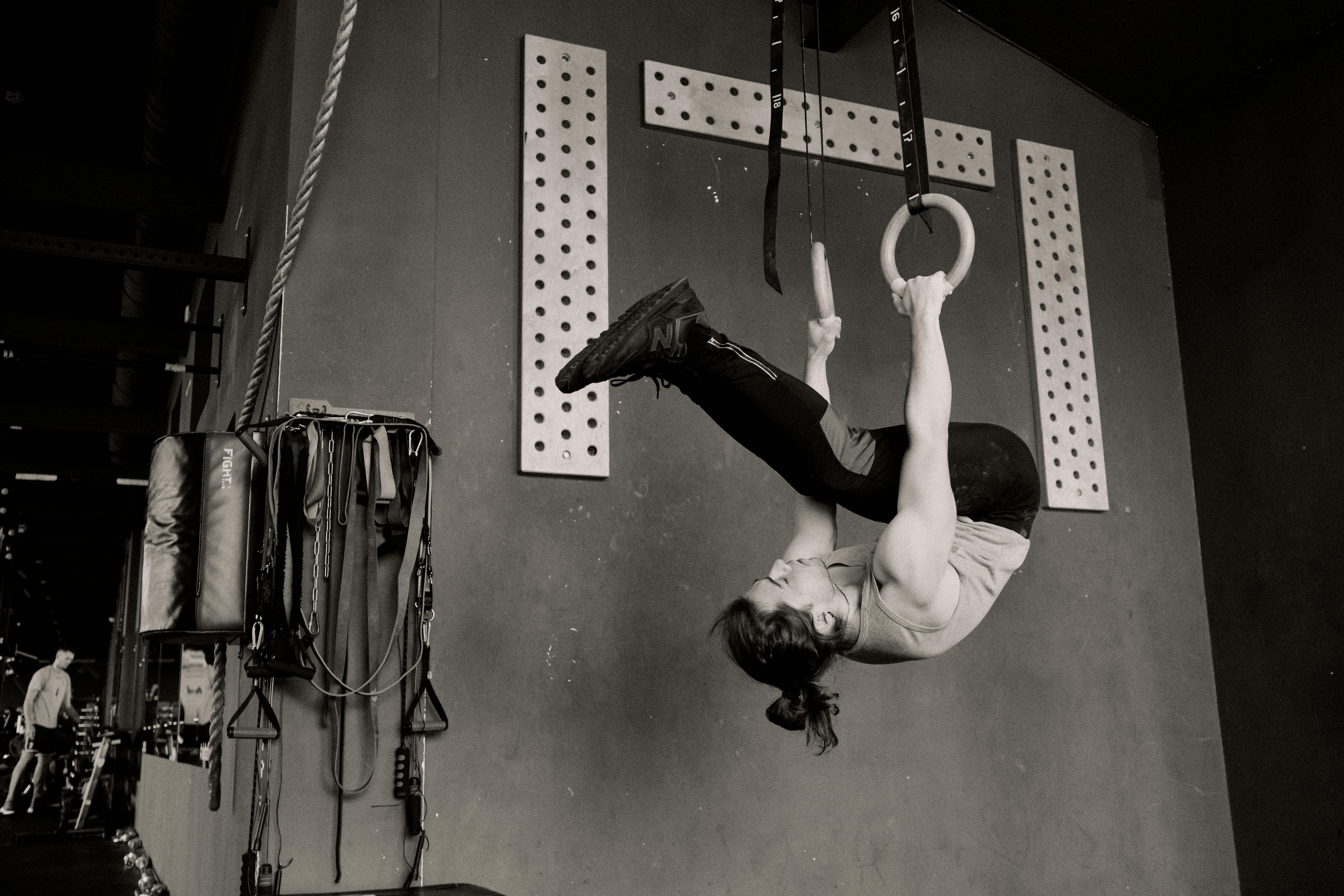
How to wallpaper a brick or cement block wall
The problems of hiding grout and rough surfaces are easily overcome. Lining paper, if applied correctly, will stretch and hide rough areas and the effect can be completed by using a heavy or embossed wallpaper.
This technique is also applied to walls built with cement blocks. If you’re building with brick or cinder block and you know you want to paper certain walls, ask your builders to apply the mortar so you have a nice flat surface, instead of raking the joints. With existing walls, the secret is to prepare the rough surface.
Here are the tools you will need:-
A long table or bench, a trough, a sponge or foam paste applicator, scissors, a soft brush for smoothing the wallpaper on the wall, a ruler, a plumb line, a knife for cutting.
A paint sealer is applied to dry the moisture from the wall, then a liquid size of latex-based wallpaper is applied. A well-soaked pre-glued wallpaper coating will be enough to soften the size and adhere the coating firmly to the wall so that when the wallpaper is glued, it will not weaken in any way.
The same principle can even be applied if you are wallpapering rough plaster walls (walls that have been plastered and raked or rolled when wet). If your brick wall has an extremely rough and raised surface, it will need to be plastered before wallpapering.
This is how you do it: –
1. Before starting work on an absorbent bare wall, the first step is to seal and size the wall. Cover it with a paint sealer and let it dry overnight. Next, apply a liquid size of latex-based wallpaper; this is especially good on absorbent surfaces. This takes about an hour to dry. If time is short, you can apply two coats with an hour between coats instead of the overnight sealer.
2. Apply prepasted liner paper. Submerge it in a bucket to soften it and spread it out until it is at arm’s length. Fold up and back halfway, making pleats to the end of the roll.
3. Holding the top sheet of paper in one hand and the folds in the other, stretch the first fold along the wall and smooth it out with a sponge. Stretch the next fold and flatten and so on until the end of the roll.
4. To wallpaper around a corner, leave a 25mm (one inch) overlap and “butt” with the adjoining strip of paper.
5. Repeat the soaking and folding procedure and lay the next roll of liner paper approximately one quarter inch (6 mm) overlapping the first. By having paper on paper, it will prevent the joints from sticking to the grooves between the bricks.
6. Let the liner paper dry overnight. Doing so will tighten and stretch over the grooves and rough areas of the wall surface.
7. Before applying the wallpaper, coat again with the latex-based liquid wallpaper size as an additional guarantee that the wallpaper has been properly sealed and fitted to the wall.
8. The type of wallpaper used is important. It should have an embossed or heavy natural weave to ensure that the design print does not come off when pasted.
9. Hang your selected wallpaper vertically in the usual way.
Sit back and admire your masterpiece.
